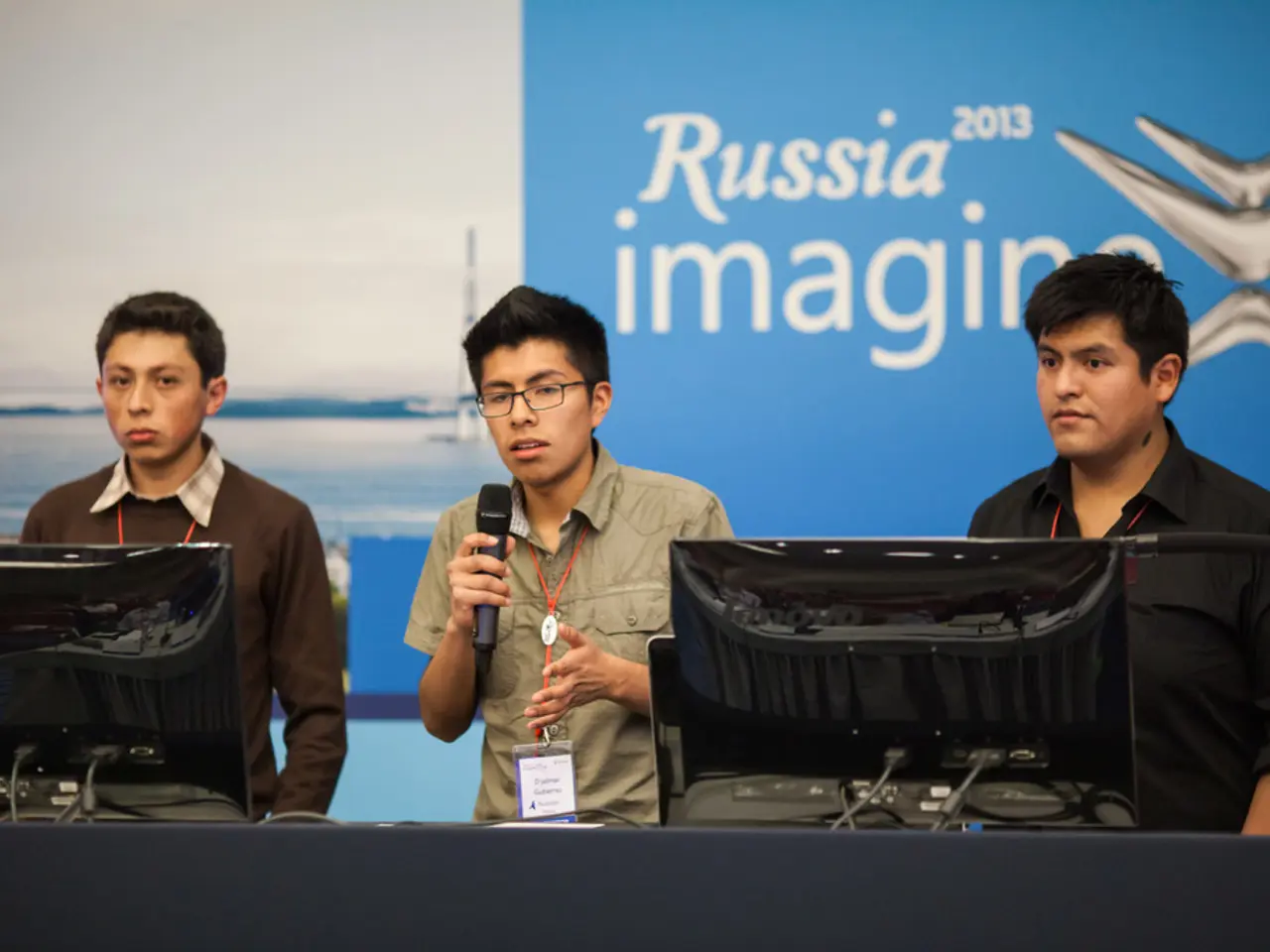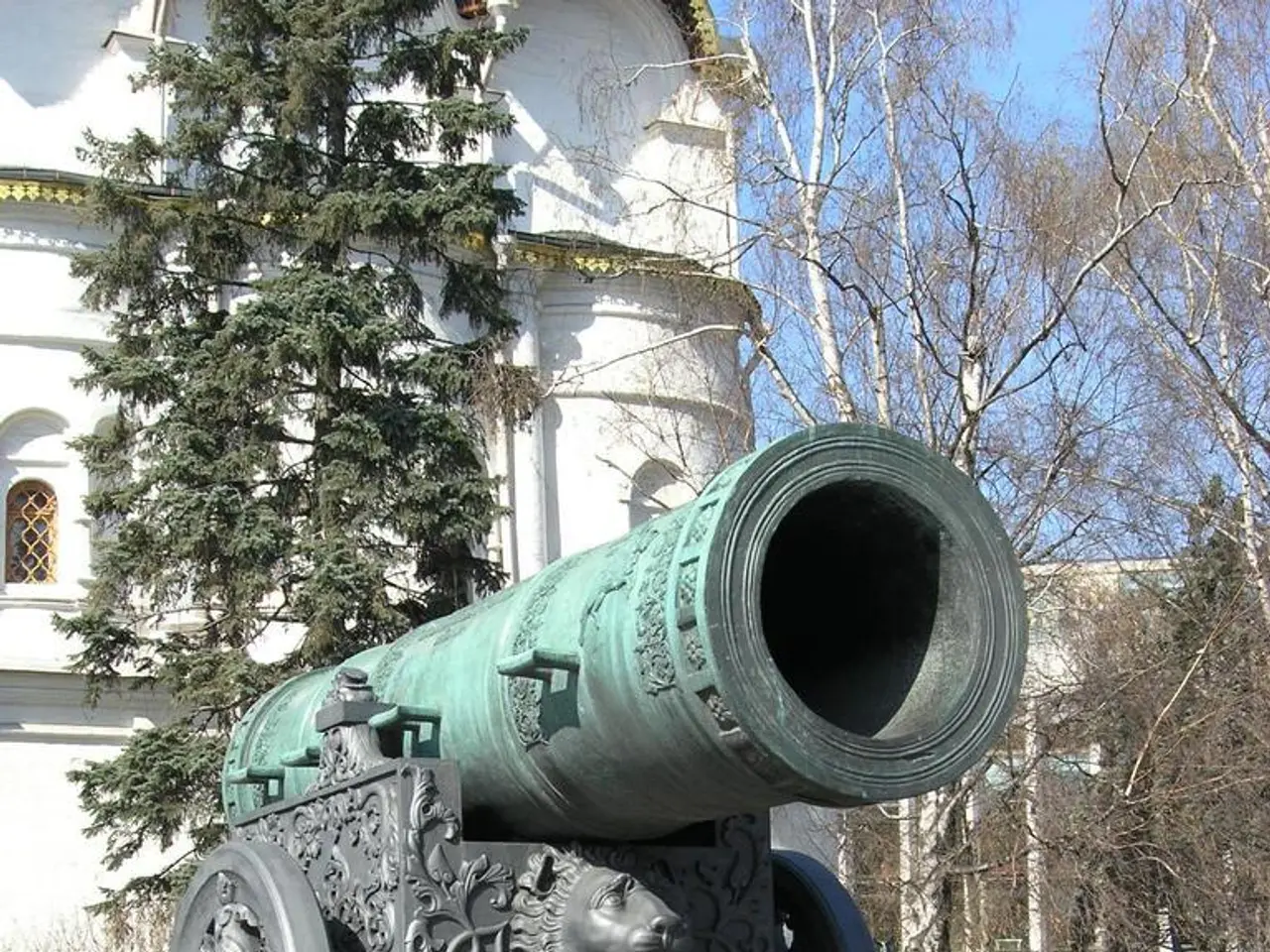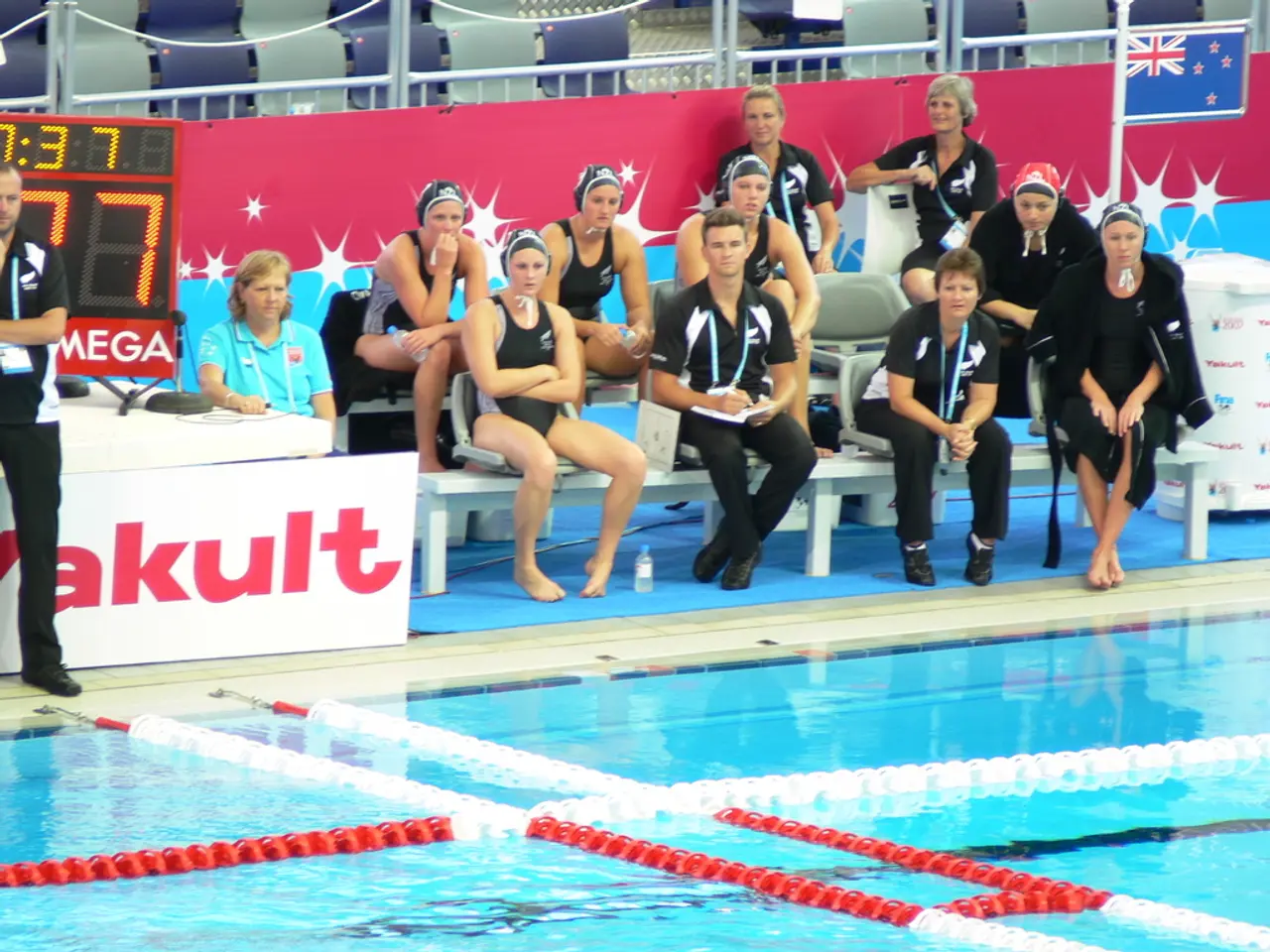Achieving Stability Post-Assad: Is Syria a Possibility?
In the aftermath of the thirteen-year Syrian civil war, the international community is focusing on diplomatic engagement, sanctions relief, military integration, and reconstruction assistance to help Syria rebuild. However, the process faces significant challenges, including ongoing violence, political fragmentation, and humanitarian crises.
One key element of the international stabilization and rebuilding efforts is the integration of forces and military rebuilding. The new Syrian regime, under President Ahmad Al-Sharaa, is launching a major initiative to rebuild the Syrian army by integrating various militias and forces loyal to different groups into a national military structure. The aim is to restore state institutions and security [1][4].
Another significant development is the diplomatic and sanction policy shifts. The U.S., under recent administrations, has strategically moved toward lifting comprehensive sanctions on Syria. This is intended to incentivize the Syrian government to comply with key international demands such as counterterrorism, managing foreign fighters, and engaging in the Abraham Accords framework [2][3].
A ceasefire agreement signed in July 2025 in Suwayda province represents a significant diplomatic breakthrough to halt sectarian violence between government forces, local Druze leaders, Bedouin tribes, and international mediators. This agreement is seen as a critical step towards reconciliation, though fragile and uncertain [5].
However, challenges in the process of stabilization and rebuilding are substantial. Syria remains fragmented with zones controlled by Kurdish-led forces, Islamist militias, foreign militaries, and regime loyalists. Though there has been a landmark agreement to integrate Syrian Democratic Forces (SDF) institutions into the government, practical unification remains difficult [4].
Ongoing violence and sectarian tensions continue to raise concerns about radicalization and undermine security, complicating trust-building needed for reconciliation. Incidents of violent clashes and massacres, especially in Alawite and Druze areas like Suwayda, are a cause for concern [1][2][5].
The country faces systemic economic collapse and vast infrastructural devastation after 14 years of war, constraining reconstruction prospects. Some EU states suspend asylum claims for Syrians citing continued insecurity and risk in returning, highlighting that the situation on the ground remains dangerous and unstable [4].
Despite efforts to present a moderate image, doubts remain about whether the regime will avoid sliding toward radical Islamist policies, influencing international willingness to engage fully [1].
International actors are cautiously optimistic but recognize that Syria's post-war recovery depends heavily on sustained internal security, genuine political reconciliation, transparent justice, and adherence to human rights norms amid complex regional dynamics and internal challenges [1][2][3][4][5].
Iran has invested an estimated $30-50 billion in Syria over the past thirteen years, and its commitment to Syria runs deep, with the two countries signing agreements to bolster long-term strategic economic cooperation. The potential economic risks of easing sanctions without robust governance structures in place include rampant corruption, spiralling inflation, and the emergence of a parallel black-market economy.
The EU has pledged €235 million in humanitarian aid for Syrians both inside Syria and in neighboring countries for 2025, but this may fall short of filling the void left by potential US cuts. The US provides approximately a quarter of the 2024 UN-coordinated aid funding for Syria, with US humanitarian contributions reaching $1.2 billion dollars in 2024.
Recent changes in school curricula, including measures such as replacing "path of goodness" with "Islamic path" and altering "those who have gone astray" to specifically refer to "Jews and Christians," have raised concerns about the direction of the new regime's policies.
In conclusion, the road to Syria's recovery is long and fraught with challenges. However, with sustained diplomatic engagement, sanctions relief, military integration, and reconstruction assistance, there is a glimmer of hope for a peaceful and prosperous future for the Syrian people.
- The international community's efforts towards Syria's stabilization and rebuilding encompass diplomatic engagement, military integration, and reconstruction assistance, but ongoing violence, political fragmentation, and humanitarian crises pose significant challenges.
- In the realm of politics and general news, the integration of various militias into the Syrian army under President Ahmad Al-Sharaa is a key element of the new regime's initiative for restoring state institutions and security.






